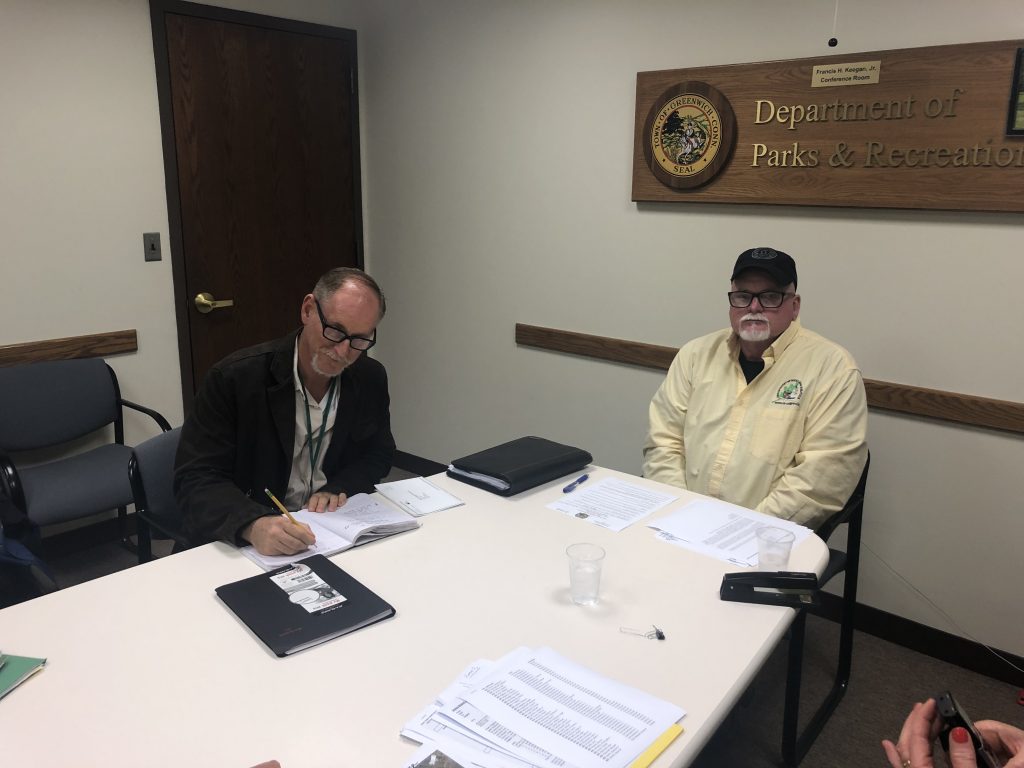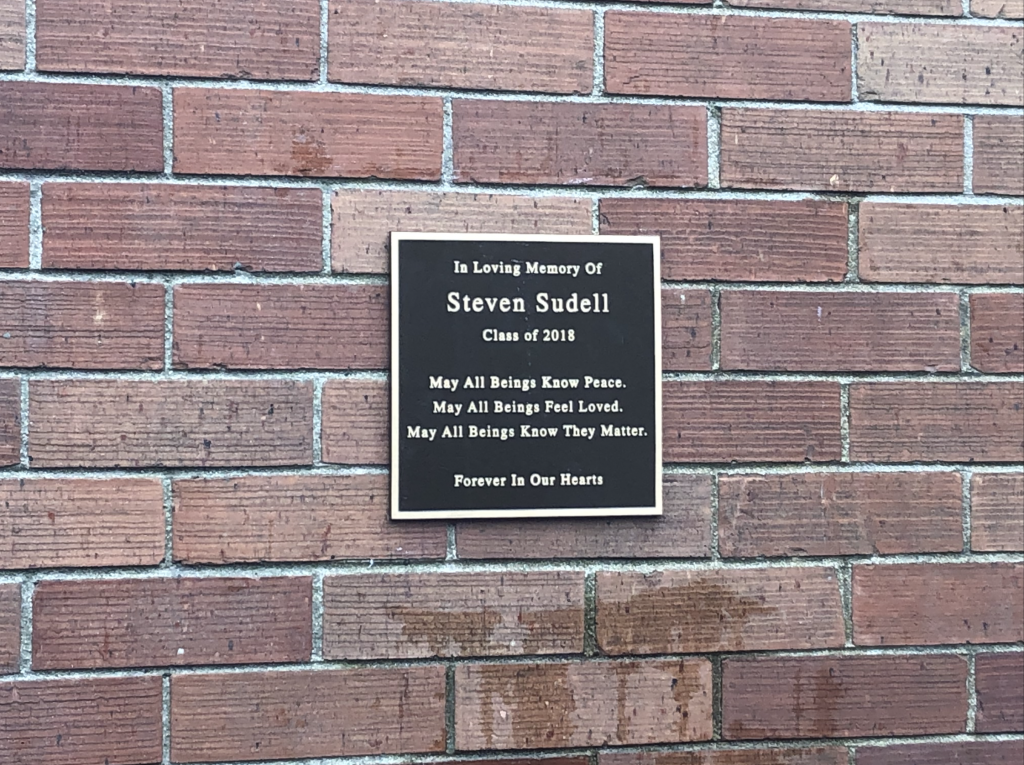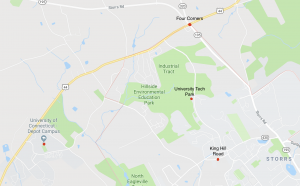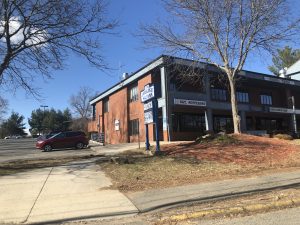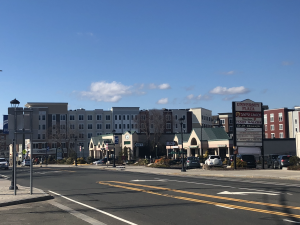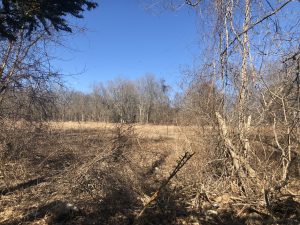By Ryan Bologna
Feb. 3, 2021
New York Sports Nation

Photo: Mike Stobe/Getty Images
Since his break out season in 2017 Aaron Hicks has been a quality player for the Yankees. With the way much of the fanbase speaks about him you would not think that to be the case.
Hicks receives a lot of criticism because his traditional stats like batting average are not flashy, which is why many fans might scoff at my notion that he should bat leadoff. This is exacerbated by the fact that DJ LeMahieu is a prototypical leadoff hitter in the mind of traditional baseball fans.
In this era of baseball there are many other ways to evaluate a player that are straight up just better represent players abilities. Singles, doubles, triples and home runs all count the same on a player’s batting average while a walk is not accounted for. This does not mean that batting average is completely worthless and someone batting over .300 is not impressive, it just means that it is not the most accurate stat to represent a player’s performance.
Many Yankees fans are old school and they use batting average as their main stat to evaluate players. That is what leads to the criticism of Hicks. But because fans are not looking at things he does well his value to the team is under-appreciated.
Many say the $10 million price tag to Hicks is too much, but that can not be more untrue. Corey Kluber is getting paid more than Hicks in 2021 and he has not pitched a full year since 2018. Hicks on his price tag is a bargain for the Yankees.
Hicks sees the plate really well. He has posted a 15.1% walk rate since 2017, which is 12th in the league in that span. He is also in the top 10 for walk rate since 2018. To paint a picture even further of how good Hicks’ eye is, he was in the 97th percentile in 2018 and the 99th percentile in 2020 for walk rate.
What does this mean? Hicks has one of the best eyes at the plate and gets on base at an elite rate, which is exactly what you want from your leadoff hitter. Hicks is also just a straight up productive hitter, he has a 123 weighted runs created plus (wRC+) since 2017, which is not elite but solid, so it is not like walks are the only thing he provides.
Now that Hicks’ strengths as a player are established, let’s talk about why the best lineup construction for the Yankees would have Hicks in the lead off spot. Below is my ideal lineup construction for the Yankees:
1) Aaron Hicks CF
2) Aaron Judge RF
3) DJ LeMahieu 2B
4) Giancarlo Stanton DH
5) Luke Voit 1B
6) Gleyber Torres 2B
7) Gio Urshela 3B
8) Gary Sanchez C
9) Clint Frazier LF
I could be talked into some swaps in the lower half. I also think Gary Sanchez could be in for a bounceback year and could see himself getting moved up in the order with a hot start.
That top half of the lineup is something I would love to see and I think it would result in a ton of leads early in games for the Yankees. As for LeMahieu, some might think that moving him down is a shot at him when it is not. With the rate LeMahieu puts the bat on the ball I really like him batting with runners on base.
Yankees fans should know how well LeMahieu hits with runners in scoring position. Him hitting third behind Hicks and Aaron Judge would put him into more of those situations, especially in the first inning. If that doesn’t happen, then there is a good chance that Judge just hit a home run and the Yankees are already up 2–0 two batters into the game.
The upside of this for Hicks is that rather than being in the middle of the lineup and fans desiring someone that will hit in those runners on base more often than he does, he can be the table setter. In this lineup he would be on base at a high rate for the Yankees best hitters in Judge, LeMahieu, Stanton and Voit. I think every Yankees fan wants to see those players at the plate with runners on base as much as possible.
You want your best hitters at the plate with runners on base. Hicks would provide that in the lead off spot, and it would be wise for the Yankees to construct their lineup in a way that provides the best opportunities to score runs.


